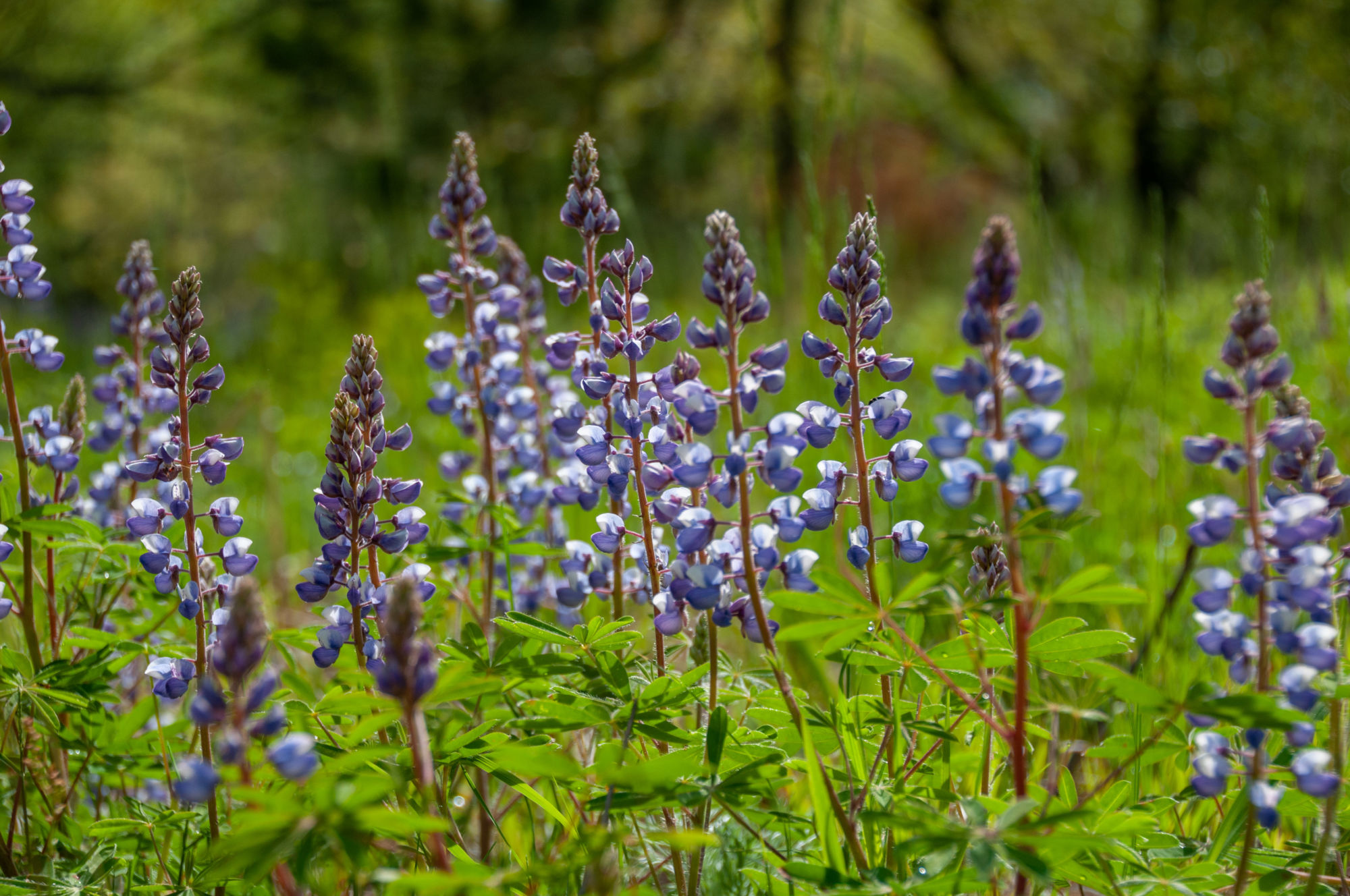
Asters and goldenrod
The following is a guest post from Maisie Wiler, a junior student at Grand Valley State University studying Natural Resources Management and Writing. She is an avid hiker, cyclist, gardener, and hobby photographer.
By Maisie Wiler
I have always loved fall. Everything about the season is both exciting and comforting to me. I love the crispness of the air—weather that requires you to cozy up in a sweater and jacket. I love the flavors associated with the season—the mulling spices that liven up ciders, coffees, pastries, and pies. I love the vibrant colors—the bright reds of maples, the deep oranges of pumpkin patches, and, of course, the lovely golds and purples of Canada goldenrod and New England aster.
For a little while longer, the meadows of Saul Lake Bog will be alive with Solidago canadensis (Canada goldenrod) and Symphyotrichum novae-angliae (New England aster). Both Canada goldenrod and New England aster, members of the sunflower family Asteraceae, tolerate moist soils (although these plants are generalists in that they will tolerate a wide range of soil conditions). These plants also like partial to full sun, so the boggy, open meadows of Saul Lake Bog Nature Preserve are perfect for this dynamic duo. But why do these plants so often grow together? Why is it you struggle to find one without the other?
Whether you ask an artist or a biologist, both will tell you that Canada goldenrod and New England asters are perfectly paired. The bright yellow of Canada goldenrod and the deep royal purple of New England aster are complementary colors, meaning they are opposite to each other on the color wheel. Our eyes crave the aesthetic pleasure of complementary colors because they simultaneously stimulate different parts of the eye and, therefore, different parts of the brain. And the same is true for pollinator animals and insects.
It is assumed Canada goldenrod and New England aster have evolved to grow together because they attract more pollinators together than apart. Just as our attentions are grabbed by color complements, bees, birds, and butterflies are drawn in by the juxtaposition of Canada goldenrod and New England aster. This clever trick assures the flowers’ survival—all while the flowers assure the pollinators’ survival.
Have you spotted goldenrods and asters in your backyard? Don’t pull them! Though Canada goldenrod has gotten a bad reputation for causing allergies, there’s no reason to remove it. Firstly, ragweed (Ambrosia spp.), a family of wind-pollinated plants, is primarily responsible for your sneezing and congestion. Secondly, late-season flowers like Canada goldenrod and New England aster are important forage for bees, butterflies, and birds. Pollinators like honeybees rely on the nectar to create reserves of honey, their only wintertime food source. Migratory butterflies like monarchs need the calories from nectar to sustain them on their journey southward to Mexico and Central America. Throughout the winter, birds forage seeds from the fruited plants.
Author and botanist Robin Wall Kimmerer was inspired to become a botanist because of her love for goldenrods and asters’ beauty; she wanted to know why they grew together, why they looked so beautiful side-by-side. Like Kimmerer, each of us can find inspiration in nature—something that will lead us to question, something that will lead us to greater knowledge and better conservationism. But the burden is on us to find it. What will be yours?






Mary Kretschman
Will other species of goldenrod work as well.? Canadian goldenrod is a pretty aggressive spreader for my smallish area.